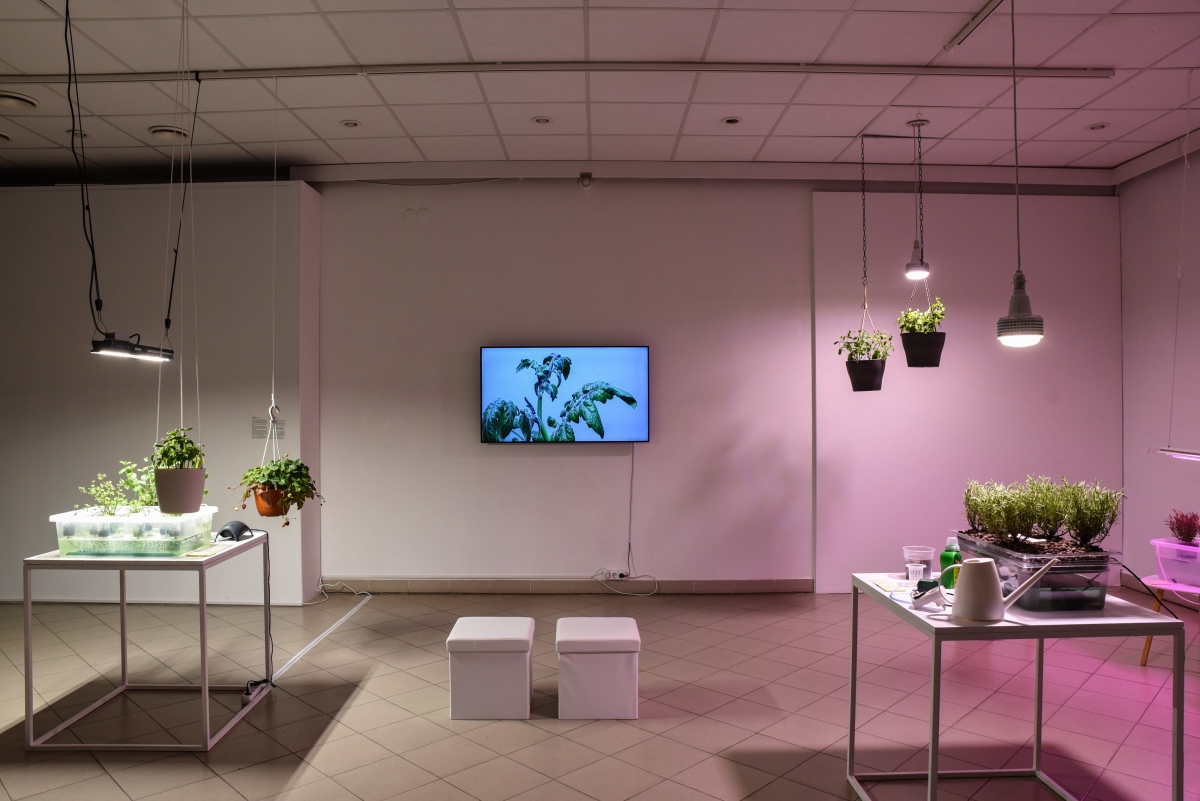While we are still up to our necks in racism, sexism, homophobia and other prejudices, there is a conversation starting regarding the term ‘speciesism’ (the practice of treating members of one species as morally more important than members of other species). Maybe the final stage for humanity is complete and absolute bliss of equality and unity. As the list of potentially habitable exoplanets grows longer, the term ‘earthling’ becomes more meaningful to us, and perhaps we in our transitional phase now need insightful reflections to move forward. Six artists from Liepaja University Art Research Laboratory (MPLab) present their artistic explorations of our perception, lifestyle, and relationship with technology and the environment, in the exhibition ‘Mindful Explorations’ at the KCCC Exhibition Hall (curated by Paula Vītola).
Quite a few people probably read the book The Secret Garden by Frances Hodgson Burnett when they were young. This classic of children’s literature is a well-written metaphor about a healing journey by children taking care of an abandoned garden. It is said that when the author wrote the book she was tending her own personal garden, and it served as an inspiration. In her installation Everyone Should Be Gardening, Maija Demitere conveys a similar sentiment. The growing number of community gardens in urban areas may seem like a new fad in Europe, but, historically speaking, allotments and vegetable plots have been most popular during periods of economic recession. Bearing in mind the current tensions in the modern world, the energy crisis and the resulting food shortages which may threaten us in the future, having green fingers seems more and more appealing. The artist creates an aesthetic corner of greenery which, in the white cube exhibition space, seems refreshing and stimulating. And while there is a mountain of research trying to confirm that plants have the equivalence of consciousness, folk wisdom has long spoken of the therapeutic powers of a relationship with vegetation, and the imagined or real response from supposedly non-sentient life forms.
Similar holistic practices are also promoted in Anna Priedola’s The Book of Food. The artist presents pages from a recipe book which not only list the ingredients of dishes; it itself is edible. In a world where the modern diet would be almost unrecognisable to our grandparents and great-grandparents, and the food industry causes a significant amount of pollution, it is very important to speak about food production, food preservation, zero-waste nutrition, and other sustainable culinary practices that do not involve big business or government intervention. The augmented reality piece Pasture by Marta Gūtmane, which you can actually find near the exhibition hall, is also thematically similar. The 3D animation shows loaves of bread moving like caterpillars. According to the artist, this project was inspired by a conversation on the topic of bread-inflicted pollution.
The Port’s Dirty Laundry by Marta Gūtmane further explores ecological concerns by presenting a visualisation of the solid particles deposited on hanging laundry by pollution from Liepoja’s harbour. Visitors can experience a virtual reality created from photographs of displayed materials. The gap continues to grow between the formal realisation of environmental solutions, led by a group of eco-activists, and its real implementation. The reality is not always aligned with this wilful realisation at the top. The disconnect is palpable. Shady business practices can survive even in a total dystopia, so efforts to change the carbon footprint are not necessarily on every big corporation’s agenda. But since society cannot stay at breaking point for ever, something has to be done now. Ecological traps are scenarios in which rapid environmental change leads organisms to prefer to settle in poor-quality habitats, and, unfortunately, humans are not immune to that.
The video piece Faker than Fake by Gustavs Lociks was created using text2image artificial intelligence tools that synthesise new words and environments. In recent years, we seem to have been chasing different realities, without capturing even one. This has left us thirsting for reality by proxy, since any final perspective is suspected of being a duplicate of the world. Maybe technology powered by consumerism is the only force that still binds us together? We are witnessing the end of the representation, then later we will most definitely give up on the aesthetics, marking the end of the image itself, all because of the superior virtuality of black mirrors. What compensates for this loss? A new trend on social media shows AI extending well-known paintings: fictional worlds themselves get augmented, their borders stretch out to infinity. A never-ending search for something real and meaningful. Like the feverish dream of an android written by Philip K. Dick. Therein lies the dilemma: either the simulation is much more realistic than the reality, and you cannot put the genie back in the bottle; or the real is becoming more and more vague and ephemeral, thus making us doubt materiality in the first place.
The antithesis of the confusion of virtual worlds could be going back to the terrain of the tangible world. The audiovisual installation Under the Lake Surface. Pt. 2 by Krista Dintere explores the surface of Lake Liepoja, the collision between nature and human culture. The artist has created a composition that tells the story of how the world on the surface is heard by those who live below the surface of the lake. Diving into soundscapes of an essentially alien world that is part of our own, we understand how our universe contains many different possible kinds of perception. The artist creates an opportunity for this unusual sonic encounter that would otherwise be impossible. ‘Silent as a fish’ and ‘sings like a canary’ are common similes that do not actually reflect the real truth: as has been reported by numerous researchers, fish make a sound, and some can even sing. Apparently, sound is an effective way to communicate under water, because it travels faster under water than it does through air, and in low-visibility settings it ensures that the message still reaches the recipient. The connection between the experiences of all living beings are simultaneously occurring layers, none more important than the other.
Paula Vītola showcases in Sun Tracks how various interactions can turn light into sound. Her work is inspired by media archaeology, specifically the first wireless device, invented jointly by Alexander Graham Bell and his assistant Charles Sumner Tainter in 1880: the photophone. The artist generates sounds reminiscent of mosquitoes, engines, airplanes, and general space turbulence, which are connected to the frequency of light. Efforts to record the sights and sounds of the world around us as vividly and correctly as possible have come a long way, but how can we really be sure that when efficiency grows, the illusion does not also get closer. Nowadays, we have Photoshop, 3D films, CGI and hi-fi audio devices, which are close to being perfect in terms of the perception capabilities of the human ear: when perfect realism is nearly achieved, what else is there left to record? Perhaps recording the unrecordable, the pause, the silence, the darkness, the unknown, would add another dimension to our awareness of the world.
Communication is a two-way process, so at some point in time earthlings will have to contribute to the symphony of space. How to simplify the representation of this impossible interchange with the Universe that we would be trying to attempt? Perhaps the golden records loaded with music and photographs explaining us and our world to extra-terrestrials that the Voyager spacecraft carry is a good start. It would be highly ironic if this time capsule of humanity encrypted with the universal language of maths and science is found one day by an amnesia-struck humanity 2.0, which would perceive this innocent greeting as a planetary threat. Humanity would view their exaggerated reflection with fear and mistrust, cursing whoever wasted their three wishes granted by the genie.
The group exhibition ‘Mindful Explorations’ is on at the KCCC Exhibition Hall until 9 October.

Group exhibition ‘Mindful Explorations’ at the KCCC Exhibition Hall, 2022. Photo: Ingrida Mockutė-Pocienė

Group exhibition ‘Mindful Explorations’ at the KCCC Exhibition Hall, 2022. Photo: Ingrida Mockutė-Pocienė
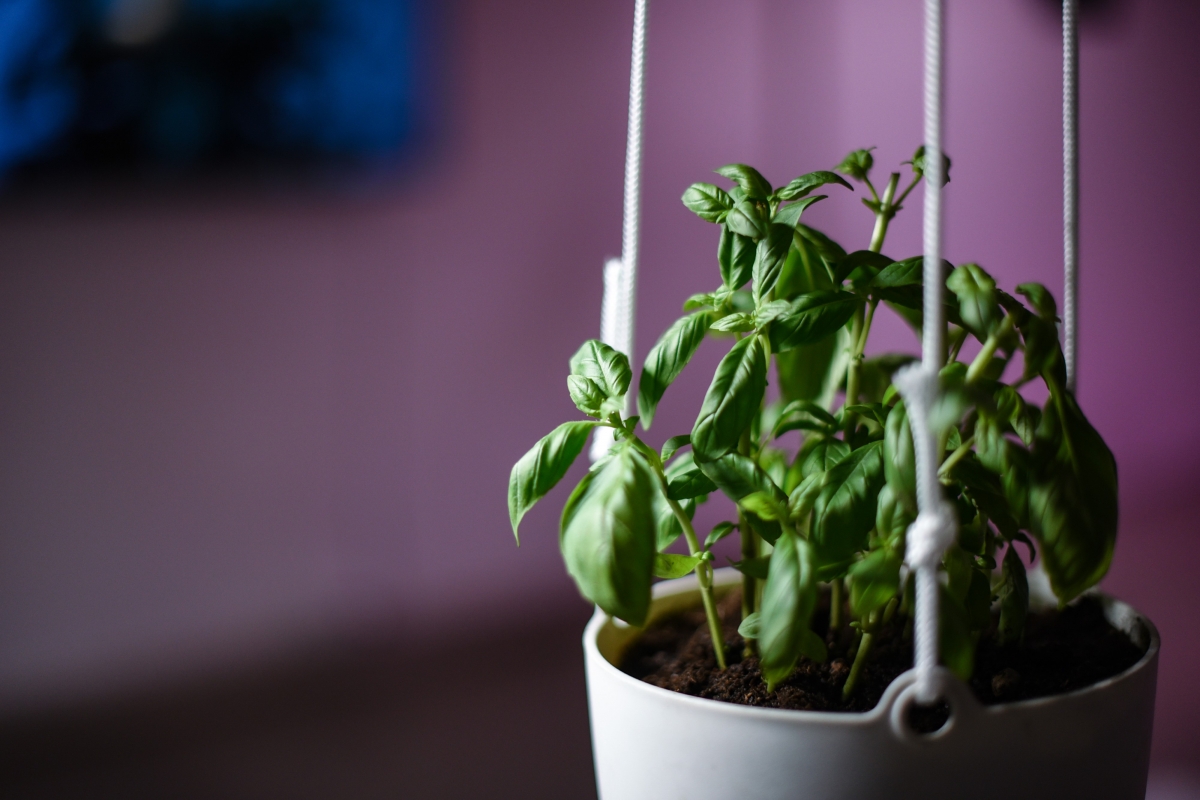
Group exhibition ‘Mindful Explorations’ at the KCCC Exhibition Hall, 2022. Photo: Ingrida Mockutė-Pocienė
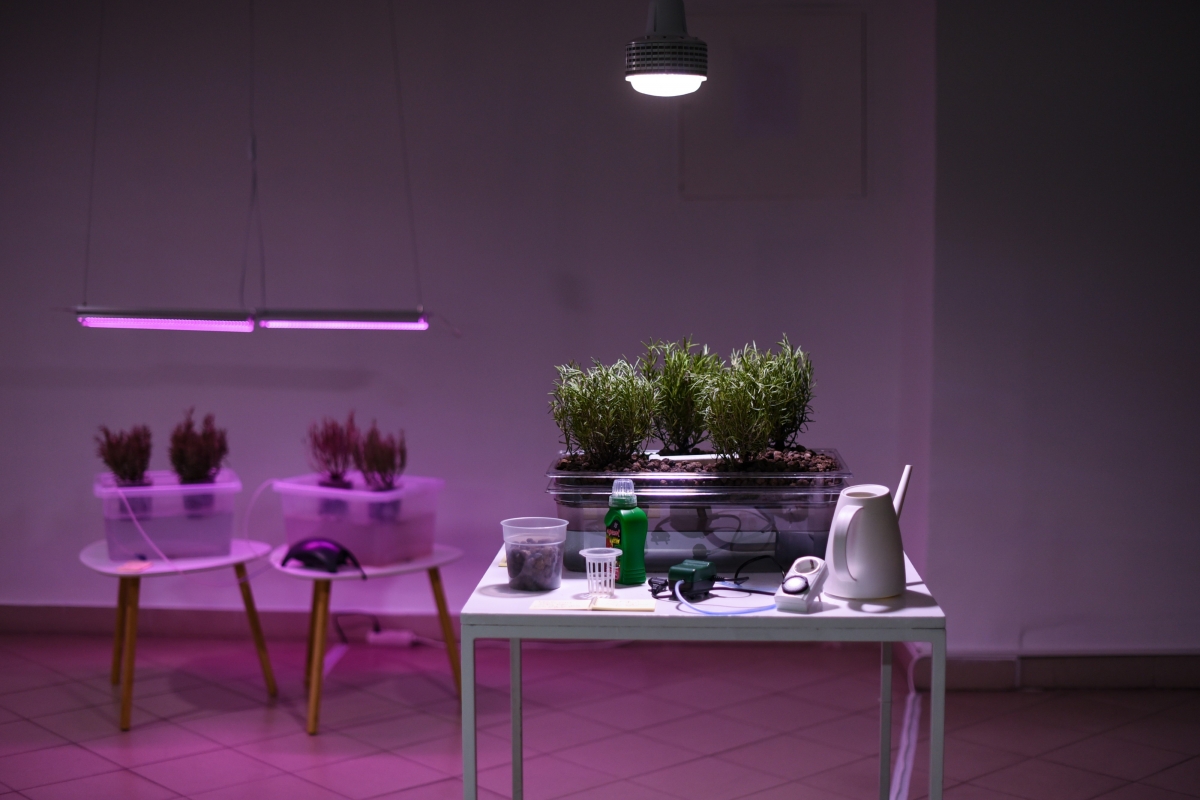
Group exhibition ‘Mindful Explorations’ at the KCCC Exhibition Hall, 2022. Photo: Ingrida Mockutė-Pocienė

Group exhibition ‘Mindful Explorations’ at the KCCC Exhibition Hall, 2022. Photo: Ingrida Mockutė-Pocienė
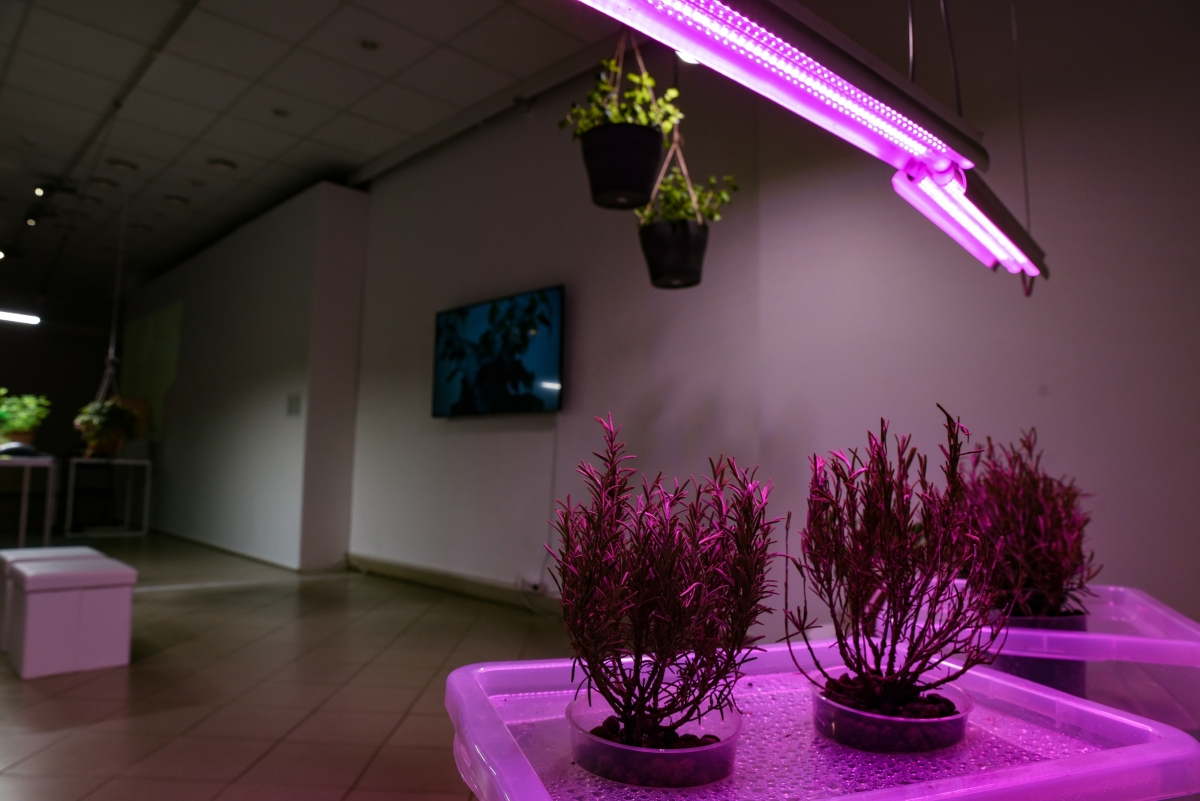
Group exhibition ‘Mindful Explorations’ at the KCCC Exhibition Hall, 2022. Photo: Ingrida Mockutė-Pocienė

Group exhibition ‘Mindful Explorations’ at the KCCC Exhibition Hall, 2022. Photo: Ingrida Mockutė-Pocienė

Group exhibition ‘Mindful Explorations’ at the KCCC Exhibition Hall, 2022. Photo: Ingrida Mockutė-Pocienė

Group exhibition ‘Mindful Explorations’ at the KCCC Exhibition Hall, 2022. Photo: Ingrida Mockutė-Pocienė

Group exhibition ‘Mindful Explorations’ at the KCCC Exhibition Hall, 2022. Photo: Ingrida Mockutė-Pocienė

Group exhibition ‘Mindful Explorations’ at the KCCC Exhibition Hall, 2022. Photo: Ingrida Mockutė-Pocienė

Group exhibition ‘Mindful Explorations’ at the KCCC Exhibition Hall, 2022. Photo: Ingrida Mockutė-Pocienė

Group exhibition ‘Mindful Explorations’ at the KCCC Exhibition Hall, 2022. Photo: Ingrida Mockutė-Pocienė

Group exhibition ‘Mindful Explorations’ at the KCCC Exhibition Hall, 2022. Photo: Ingrida Mockutė-Pocienė

Group exhibition ‘Mindful Explorations’ at the KCCC Exhibition Hall, 2022. Photo: Ingrida Mockutė-Pocienė
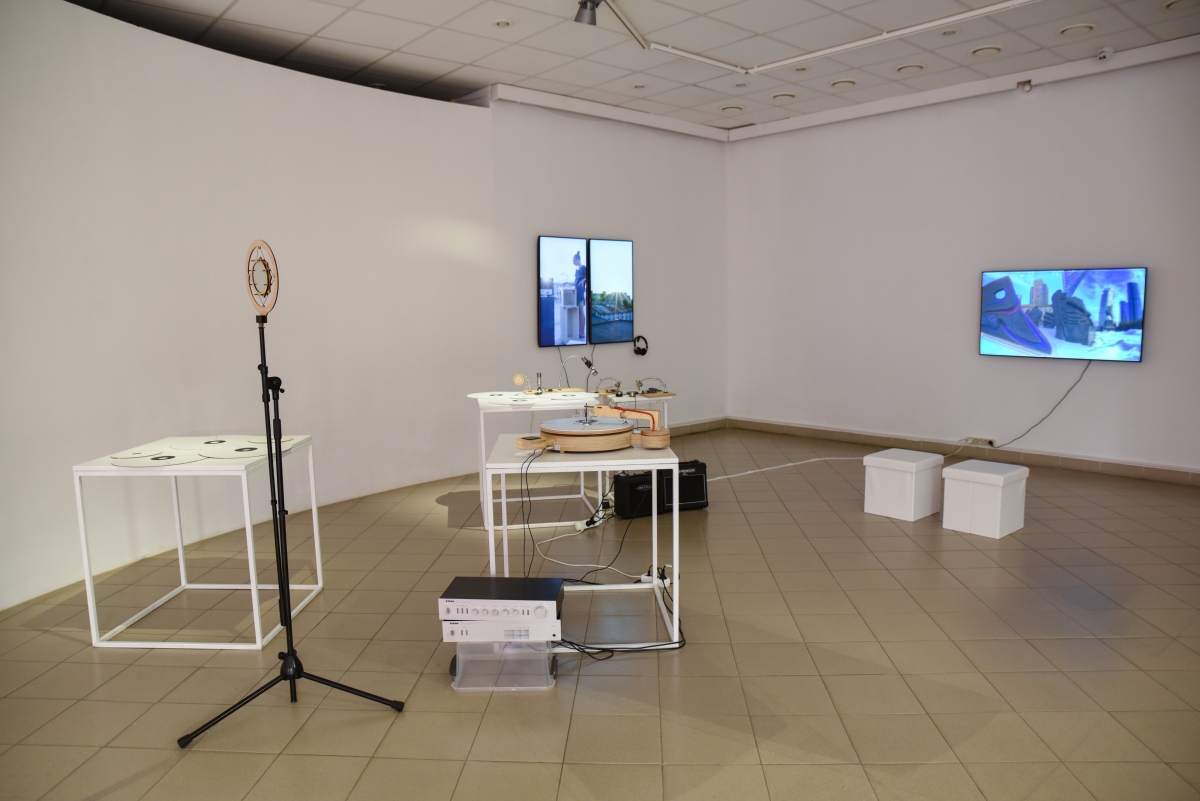
Group exhibition ‘Mindful Explorations’ at the KCCC Exhibition Hall, 2022. Photo: Ingrida Mockutė-Pocienė
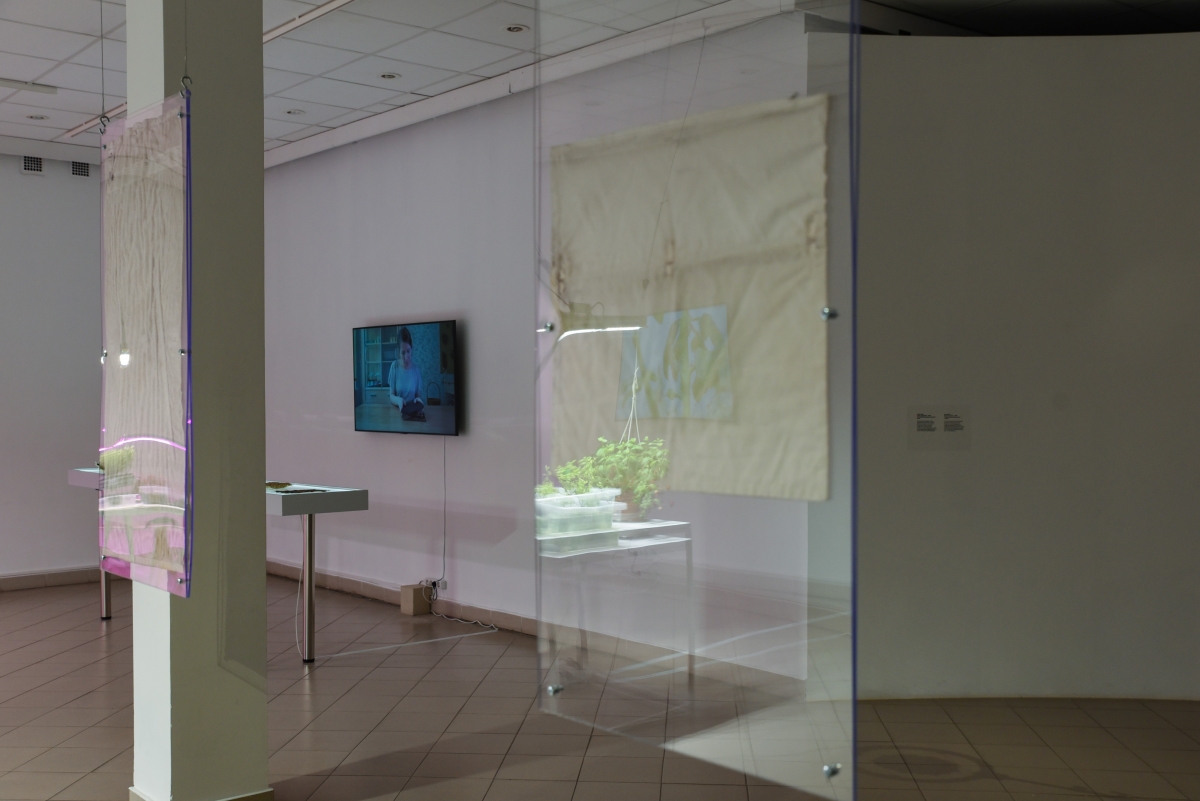
Group exhibition ‘Mindful Explorations’ at the KCCC Exhibition Hall, 2022. Photo: Ingrida Mockutė-Pocienė
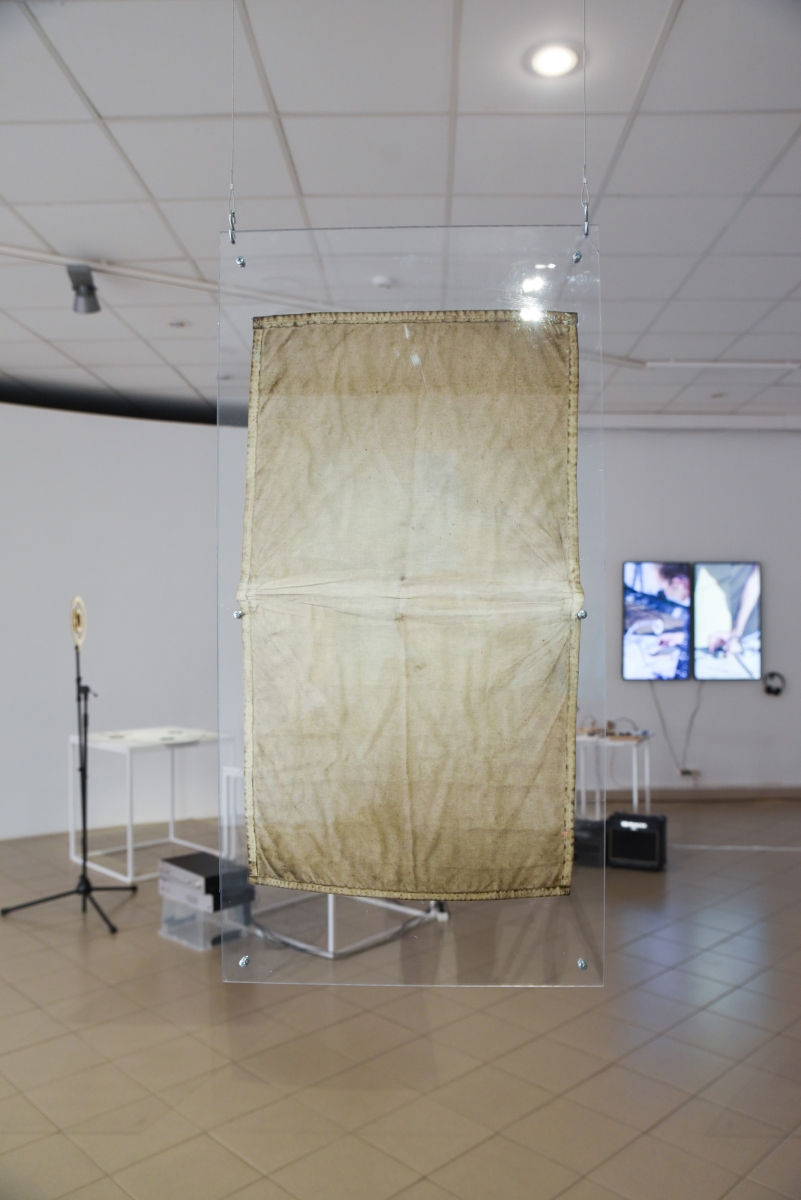
Group exhibition ‘Mindful Explorations’ at the KCCC Exhibition Hall, 2022. Photo: Ingrida Mockutė-Pocienė
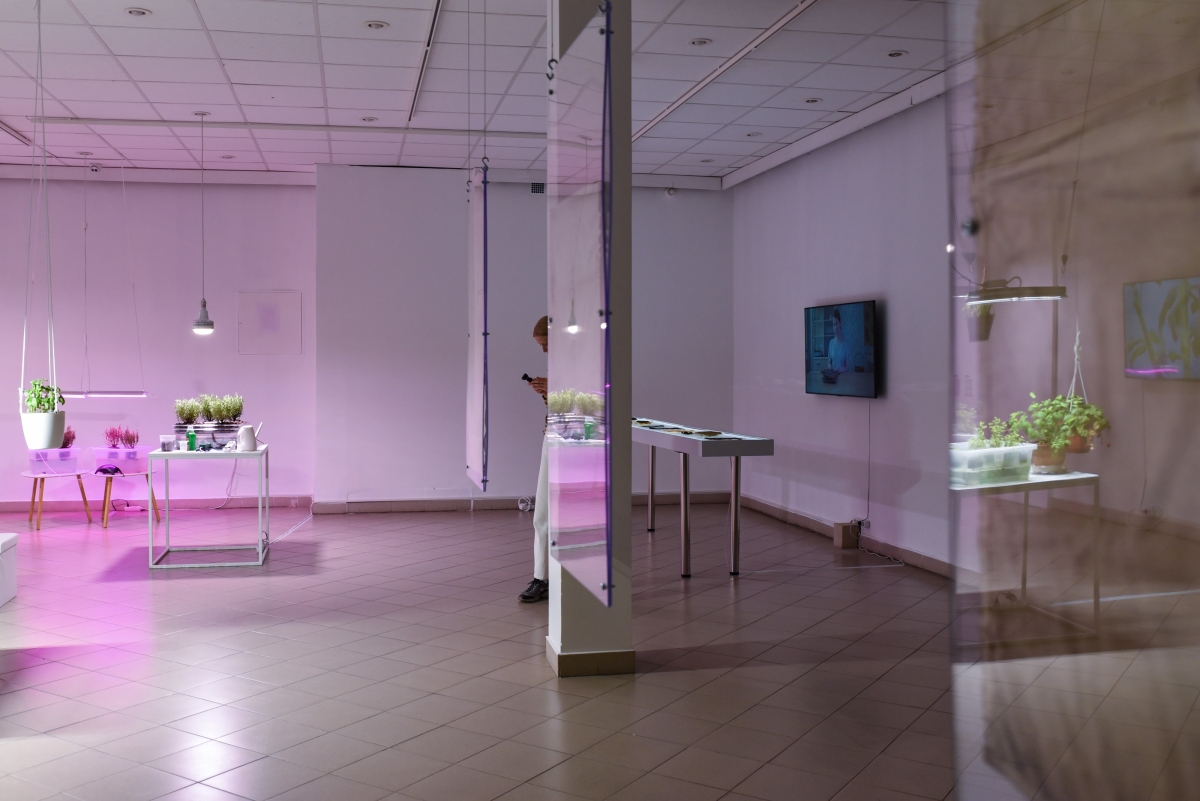
Group exhibition ‘Mindful Explorations’ at the KCCC Exhibition Hall, 2022. Photo: Ingrida Mockutė-Pocienė
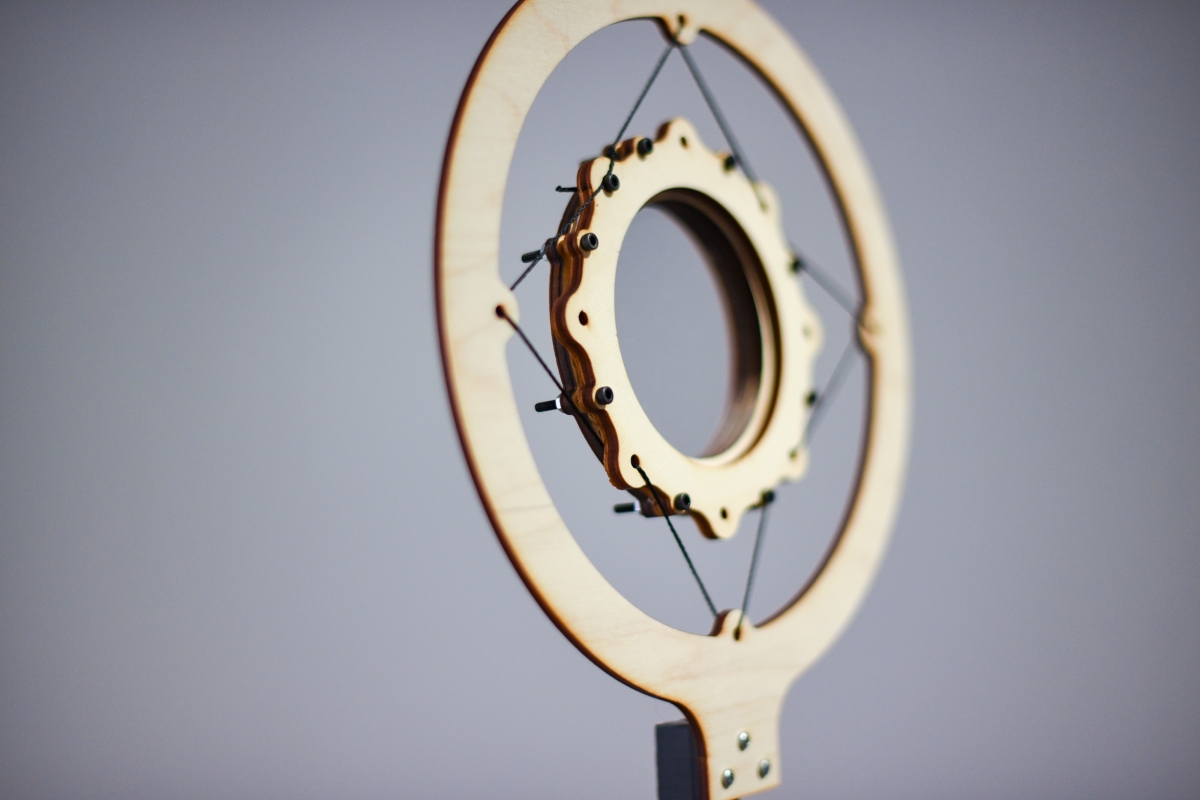
Group exhibition ‘Mindful Explorations’ at the KCCC Exhibition Hall, 2022. Photo: Ingrida Mockutė-Pocienė
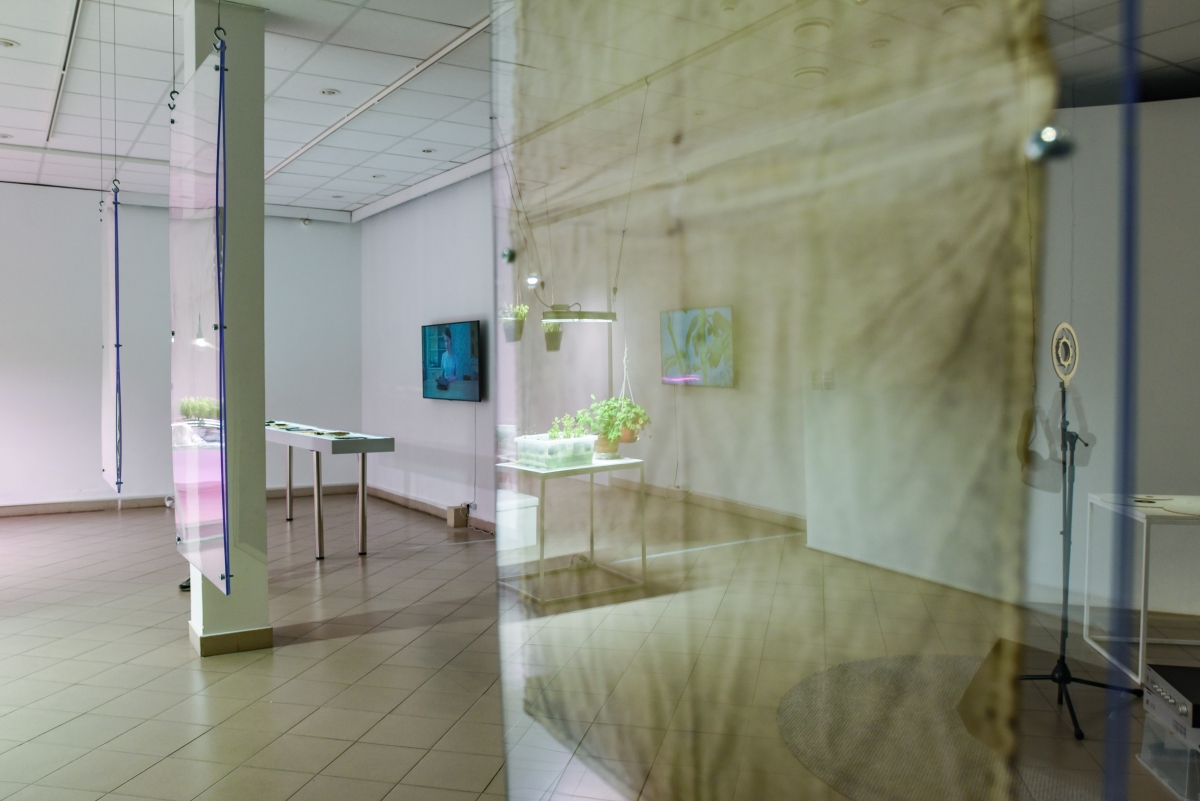
Group exhibition ‘Mindful Explorations’ at the KCCC Exhibition Hall, 2022. Photo: Ingrida Mockutė-Pocienė

Group exhibition ‘Mindful Explorations’ at the KCCC Exhibition Hall, 2022. Photo: Ingrida Mockutė-Pocienė

Group exhibition ‘Mindful Explorations’ at the KCCC Exhibition Hall, 2022. Photo: Ingrida Mockutė-Pocienė
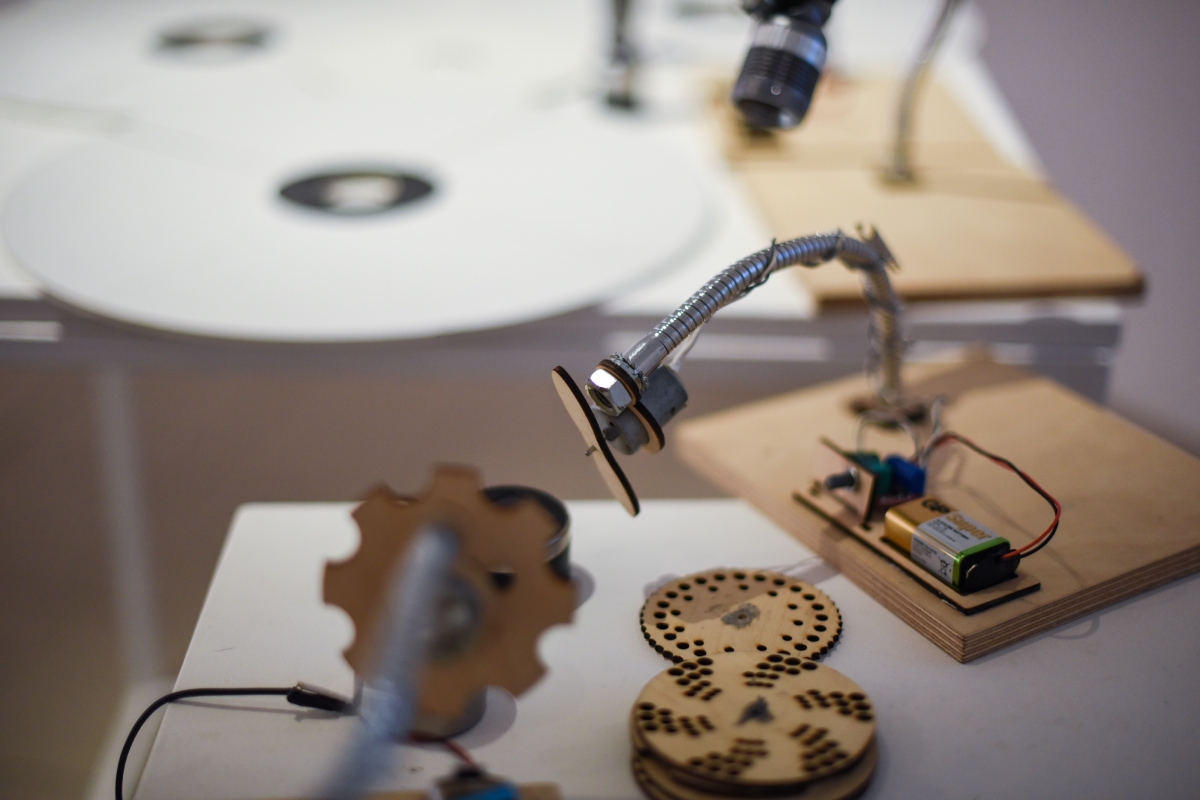
Group exhibition ‘Mindful Explorations’ at the KCCC Exhibition Hall, 2022. Photo: Ingrida Mockutė-Pocienė

Group exhibition ‘Mindful Explorations’ at the KCCC Exhibition Hall, 2022. Photo: Ingrida Mockutė-Pocienė
